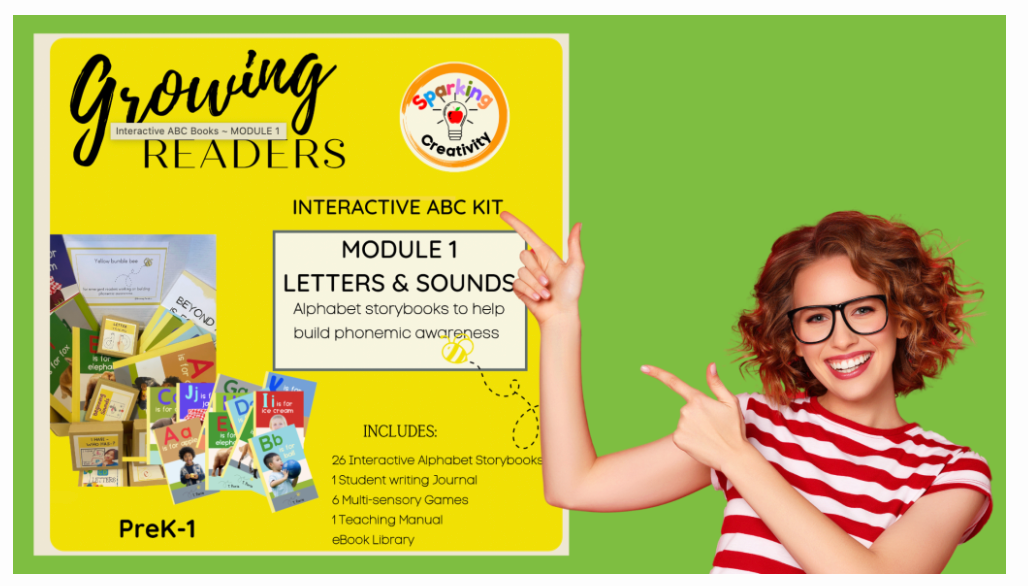
How to Teach Letters and Sounds with Decodable Readers and Multisensory Phonics Activities
Share

The start of the school year is filled with energy, excitement, and curiosity. As a kindergarten teacher, one of the most magical moments is watching my students discover the letters of their own names. "That letter is in my name!" they often announce while we read a story and they happen to spot a letter on the title that they recognize.
For young children, writing their names is a proud achievement that marks the beginning of their journey as readers and writers. This is the reason I like to start the school year with the unit "Our Names." This gives me an opportunity to teach them the connection between letters and the sounds they represent in a way that is super meaningful to them.

When children see their names in print, they are instantly drawn to the letters. Each letter becomes special because it’s part of something personal and meaningful to them. As they learn to write their names, they naturally become more curious about other letters and the sounds that we hear when we say them. They begin to also notice the letters on their friends' names. For example, "Sam" may notice that the letter “S” is also in Sophia's name. It is this print curiosity and excitement that opens the door to my phonics instruction.
LOOKING FOR AN ALPHABET SCOPE AND SEQUENCE to guide your practice? Grab this FREEBIE!

FREE
Using the Alphabet Kit to Teach Letters and Sounds
This Interactive ABC Book Kit is a wonderful tool to use in your classroom to support your students' phonological awareness and their fluency at the letter level. These 26 interactive alphabet storybooks provide a hands-on and multi-sensory approach to learning. The kit comes with fun multi-sensory games and activities to practice letters and sound identification.

Here’s how they can enhance your instruction:
- Interactive Letter Tracing: Children can trace letter tracks with their fingers, helping them learn the shapes and strokes of each letter while reinforcing motor skills.
- Tapping for Sound Identification: Each storybook encourages tapping on letters to match them with their sounds, helping students grasp the connection between written letters and spoken language.
- Multi-Sensory Games: These games engage young learners by using multiple senses—sight, sound, and touch—to strengthen their understanding of letters and phonics.
This alphabet kit is perfect for individual, small group, or large group instruction. You can also add these ABC books to your phonic curriculum. Each book allows students to dive a bit deeper into the letter they have learned. This gives them the opportunity for an extra practice.
With this Interactive ABC Books kit, your young learners will gain a deeper understanding letters and sounds, setting the stage for successful reading and writing.
Happy teaching!
TP
@Sparking Creativity
